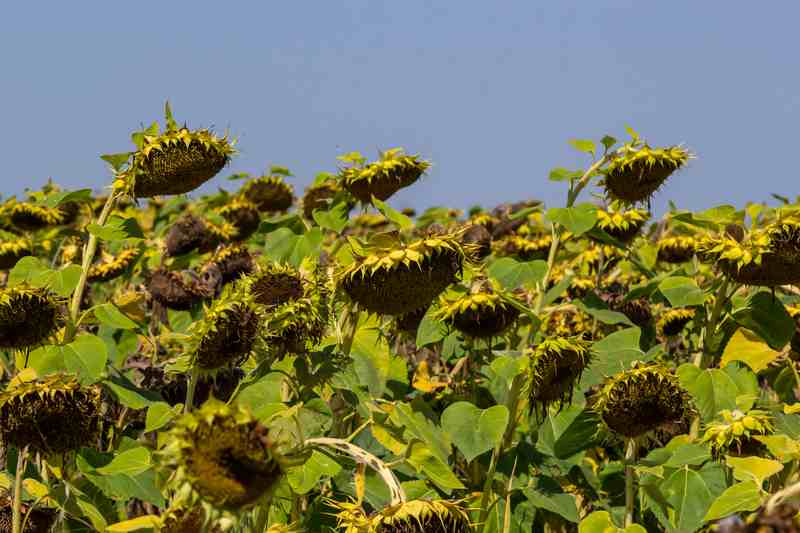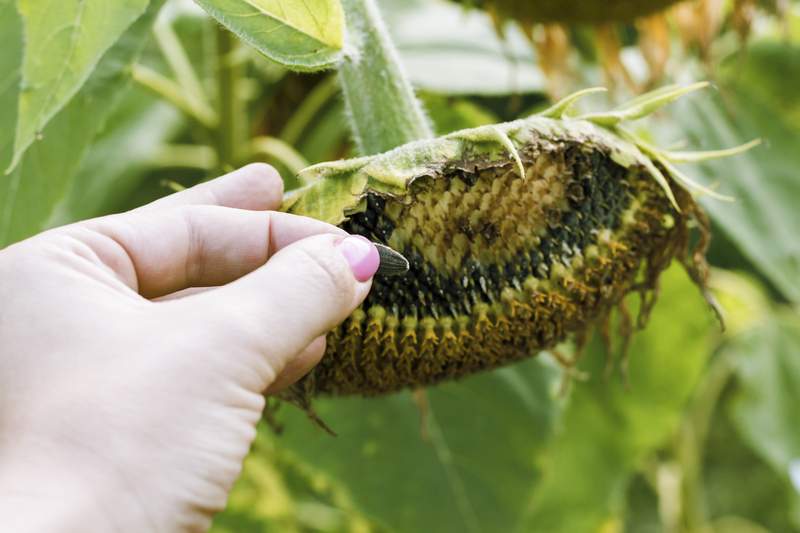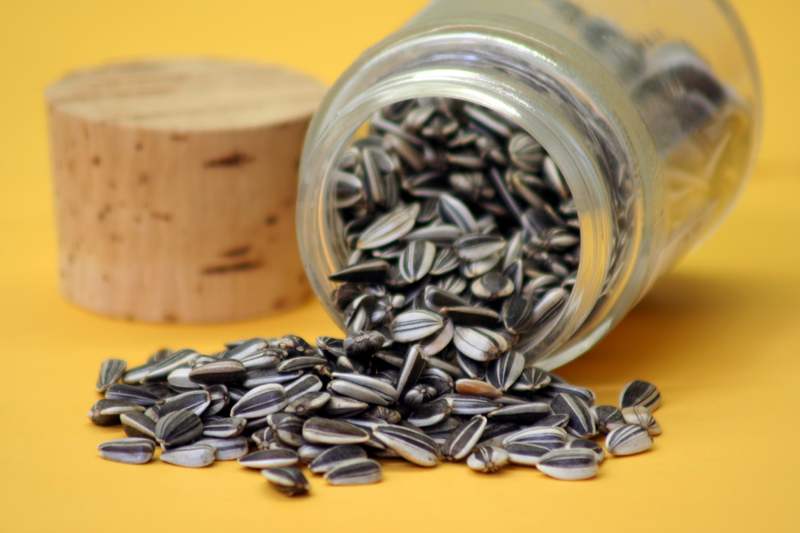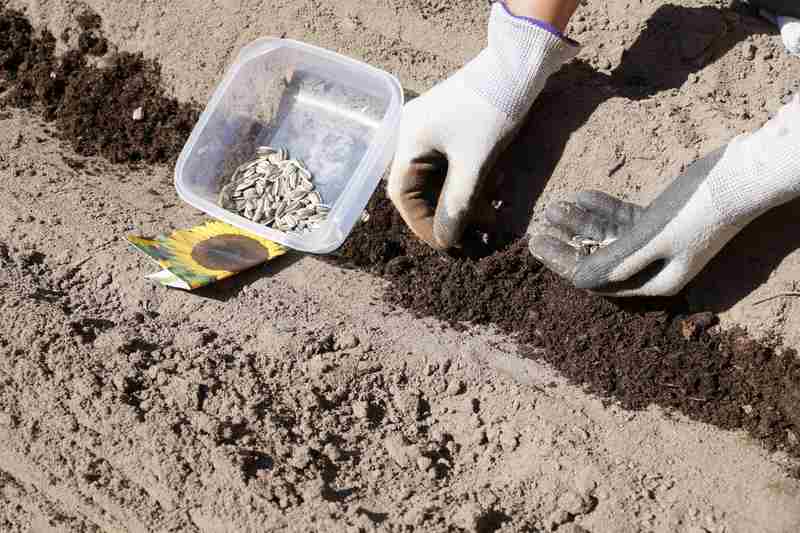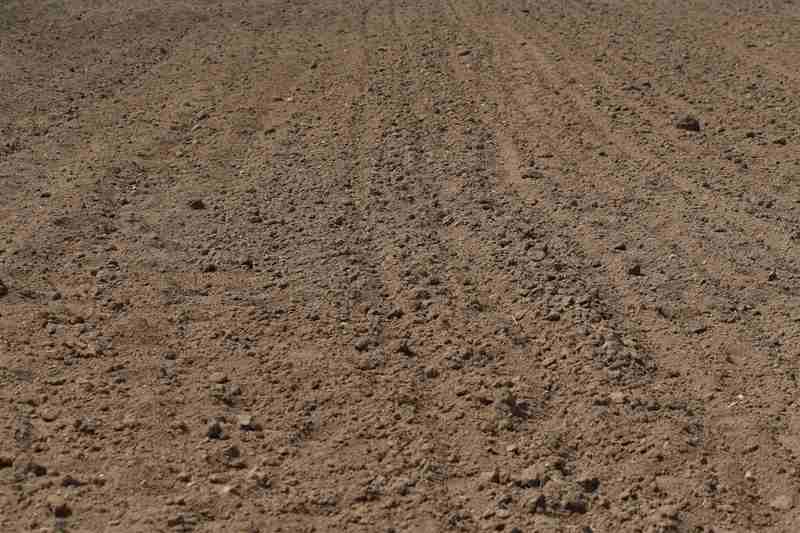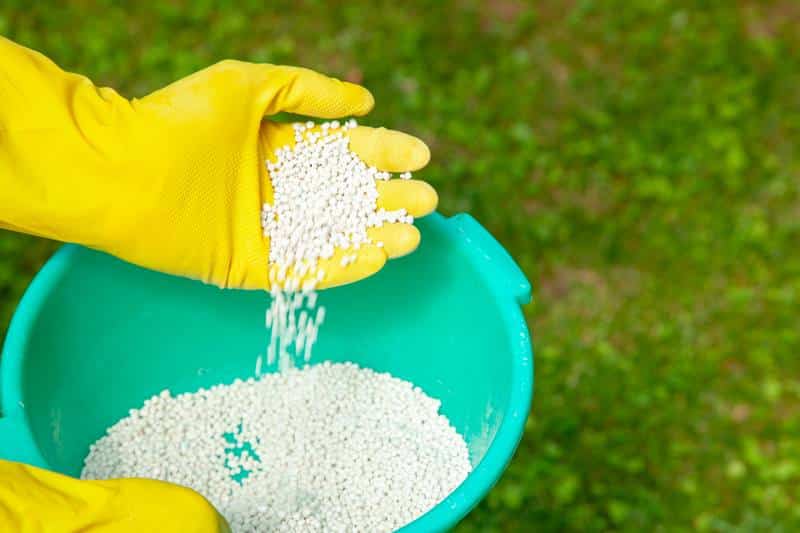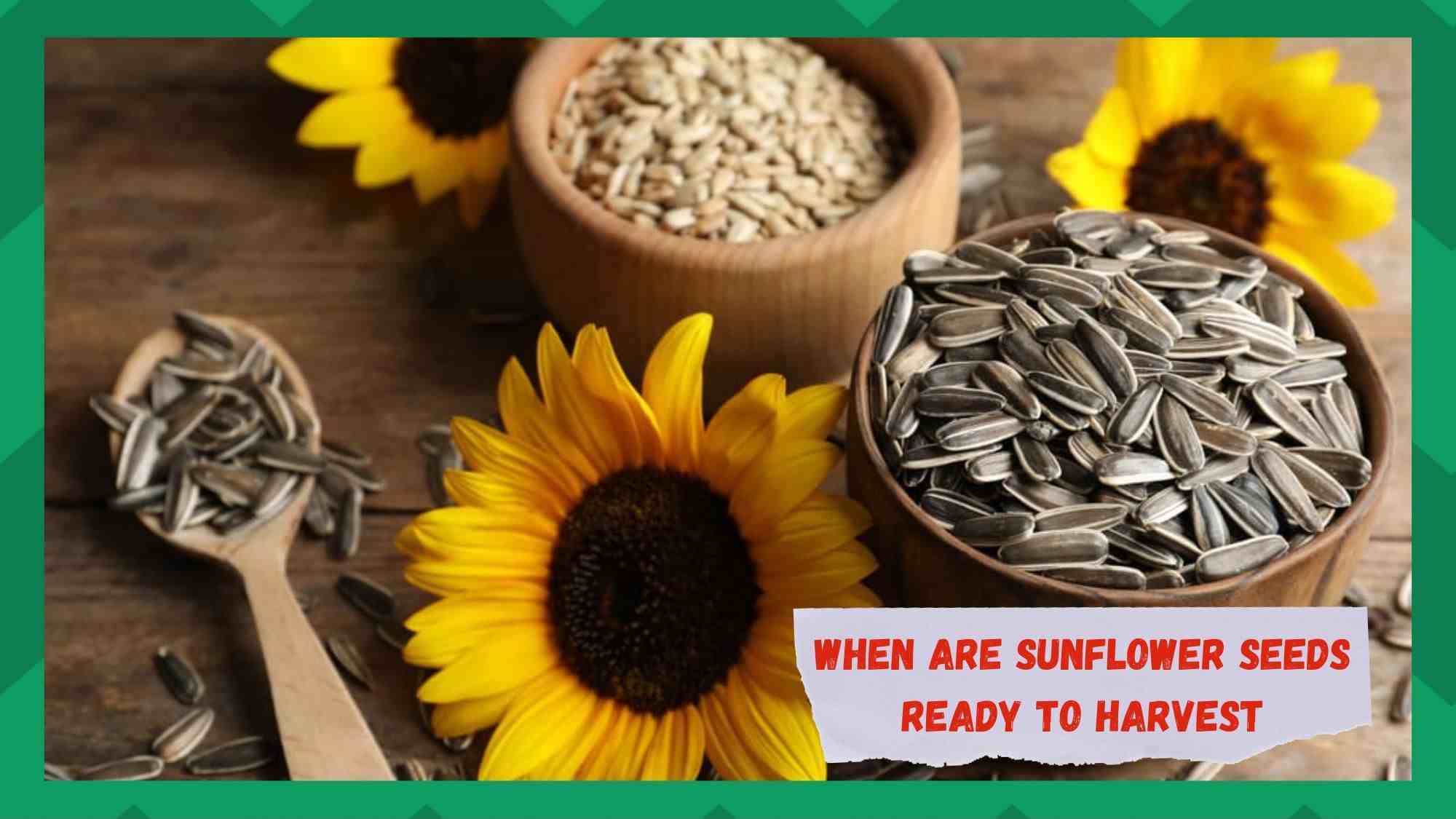
The sunflower is an annual plant from the Helianthus family of plants. It is grown all over the world for its edible oil and seeds. Its seeds are highly nutritious and are used to produce oil. They are eaten raw, roasted, and can also be used in several recipes and salads.
Sunflower seeds are a nutrition powerhouse. They are rich in lots of minerals, such as Vitamin E, copper, magnesium, phosphorus, and many more.
They have high protein content, which makes them ideal for people looking to develop muscle mass and strength. In addition to that, they benefit your heart and prevent heart diseases.
Having said that, if you have planted sunflowers, you should know what’s the ideal time to harvest them. Knowing when to harvest fruits and seeds from any plant is just as important as growing the plant.
So, how do you know if your sunflower seeds have ripened? It turns out that there are many ways to determine whether your sunflower seeds are ready or not.
If you have planted a sunflower in your yard but have no idea when to harvest its seeds, this article is for you. In this article, we will tell you the ideal time to harvest sunflower seeds. Let’s delve deeper without any further delay!
When Are Sunflower Seeds Ready to Harvest
It is important to harvest the sunflower seeds timely. Harvest them too early; they won’t be safe to eat. Wait too long, and they will come off or get too dry. As a gardener, you should keep an eye on your sunflower plants to harvest them timely.
- Signs That Sunflower Seeds Are Mature
A few indicators make it easier for gardeners to figure out whether or not a plant is ready to be harvested. When harvesting the sunflower seeds, look for their drooping heads. You will need to look at their back, so make sure that their heads are drooped to the extent that you can see their back.
Having said that, it is important to note that sunflowers may take some time to droop. If the back appears yellow with brown spots, it indicates that your sunflower seeds are ready to harvest.
Wilted leaves are another common symptom that signifies that your sunflower seeds have ripened. Furthermore, leaves tend to become crunchy when seeds have ripened. So, consider checking the leaves of your sunflower plant. If they are wilted and have turned brown, take it as a green signal.
The black and white pattern of sunflower seeds is another indicator that they have achieved optimal ripeness. Unripe seeds have a brownish appearance, and they change their color as they grow. Furthermore, ripened sunflower seeds are looser than unripe seeds. So, check to see if they come off.
If you notice any of the aforementioned symptoms, know that it is time to harvest your sunflower seeds. Consider harvesting them immediately, as waiting too long will cause them to get too dry.
In most cases, sunflower seeds reach optimal maturity three months after planting. However, it is pertinent to mention that this time can vary depending on weather conditions and several other factors.
They are usually harvested from late September to early October. However, if they show any symptoms of maturity, consider harvesting them.
- How to Harvest Sunflower Seeds?
The harvesting process of sunflower seeds is pretty straightforward. Cut the stalk of your sunflower plant with a knife about 7-8 inches down from the head so that you will have something to hold on to.
Now, hold the structure and scrape out all the sunflower seeds with your hand. You can also break it off to remove the seeds. If they do not come off easily, you can use a knife for this purpose. And yes, make sure to place a container under the structure to collect all the seeds.
Petals and other parts of your sunflower plant may also come off as you rub the seeds. So, do not forget to remove them later.
- Drying Process
If you are to replant the sunflower seeds, consider rinsing them. Fill a container with water and soak your seeds in it. Once done, take them out and scatter them on a paper towel so they can dry. They will take some time to dry, so you can keep them overnight.
Once your sunflower seeds are dry, you can eat them right away or store them to replant the next season. If you want to replant, put them in an airtight jar and keep the jar in a cool, dry place.
If stored the right way, they can last up to months. And yes, it would be a good idea to label the jar. Make sure to mention the date when it was stored.
The sunflower seeds have a shelf life of 2-3 months. If you want to keep them for longer, consider storing them in a refrigerator. This will extend their shelf life, and they may last a year or even longer.
- Growing a Sunflower Plant
Sunflowers are fun and easy to grow, and you can also plant them in a container. For planting, place your sunflower seeds about five inches apart from each other. Once done, sprinkle some soil over them.
Do not put too much soil over your seeds, or else they won’t grow properly. And yes, do not forget to water your sunflower seeds once you have planted them.
- Soil Requirements
Make sure that the soil is well-drained. It is advised to test the soil using a soil testing kit before planting your sunflower seeds. These kits are readily available all over the world and help you check soil characteristics accurately. If the soil has insufficient nutrients, consider applying compost.
Sunflower seeds may take around 7-10 days to germinate. Sunflowers love hot conditions, so make sure that they stay warm. Once they develop shoots, place the container in an area that receives direct sunlight for at least six hours a day.
- Maintenance
Depending on their variety, the sunflower plant can take 3-4 months to achieve maturity. They require minimal maintenance. Make sure to water them regularly, and you may need to fertilize them occasionally.
If you are unsure about fertilizing, consider reaching out to a botanist. They will tell you if your plants need fertilizer, and how often you should apply it.
Furthermore, instructions are usually given on the package of fertilizers. So, consider going through them if you do not have enough knowledge. Apply just enough fertilizer for the best growth of your sunflower plant.
The Bottom Line
Figuring out when to harvest sunflower seeds can be tricky. However, they show a few symptoms when they are ready to harvest.
If you notice brown spots on the back of the head, or if the seeds feel loose, consider harvesting them. Store them in an airtight jar if you want to replant them later. Sunflower plants require regular watering for optimal growth.


